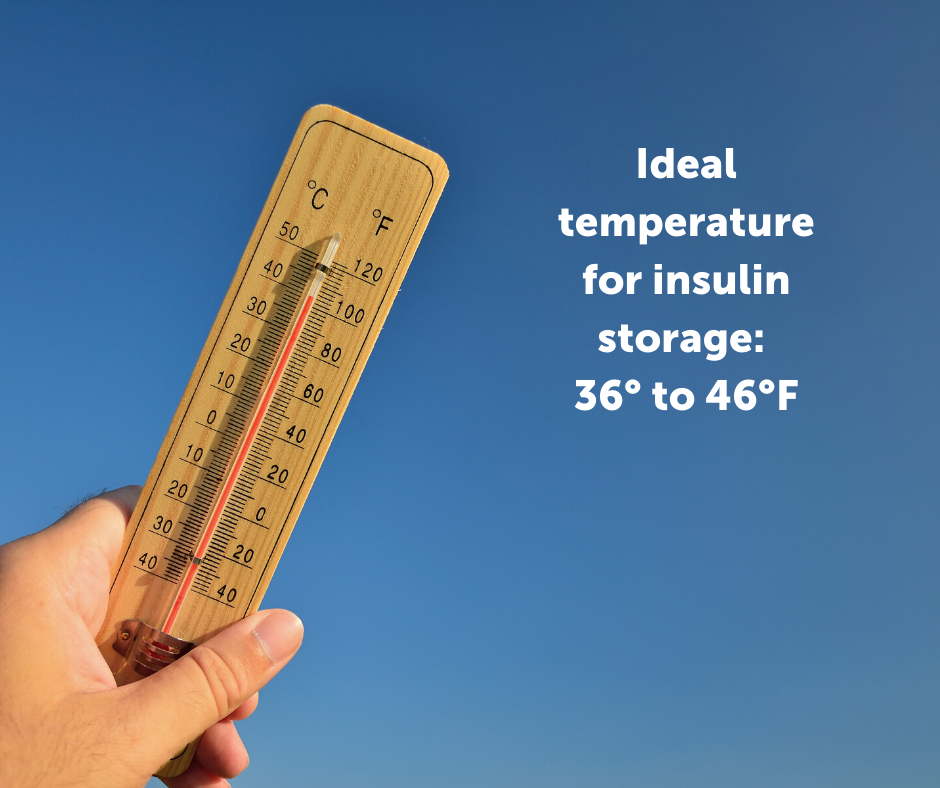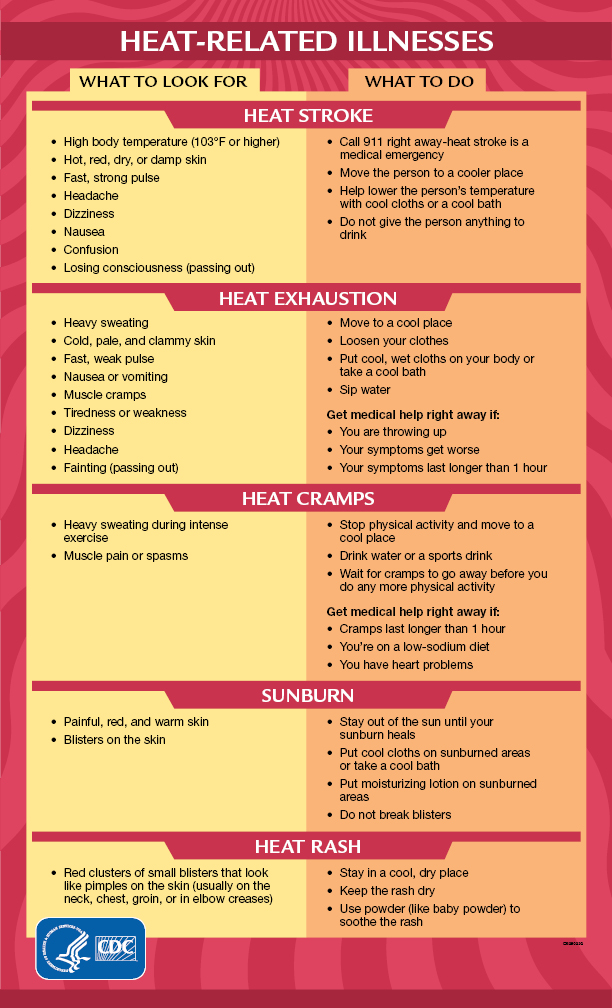Summer is in full swing and that means a few extra things to think about when it comes to staying healthy with diabetes. People with diabetes tend to feel the summertime heat more than people who don’t have the condition. Our summer safety with diabetes guide is here to help you enjoy summer.
COVID-19 Summer Safety with Diabetes
Many places are reducing restrictions, yet continue to follow COVID-19 safety guidelines. These include frequent hand washing and using hand sanitizer, social distancing, wearing a mask in public places, and staying home when you’re sick.
Insulin in the Heat
Since insulin is a protein, it’s sensitive to temperature. High temperatures degrade insulin, making it less effective. Manufacturers recommend storing insulin between 36° to 46°F but agree that it can be stored at room temperature for up to one month.
When you’re outside for long periods of time with your insulin, make sure it’s kept inside a bag that stays cool. In addition, don’t leave your insulin in the car. Even just a few minutes in the hot car can destroy the insulin.

Inspect your insulin before you use it, especially if you suspect it got too hot. You’re looking for any changes in the color or how clear it looks. Look for white particles or clumps in the bottle or pen. If you see anything abnormal, discard and do not use it.
Make Time for Foot Care
Having diabetes means you have to pay extra attention to your feet, especially if you’ve been walking barefoot or in sandals. Inspect your feet daily. Check between your toes, the heel, and even up to your ankles. Look for any signs of blisters, cuts, or skin issues. If you live in a dry climate, you may find lotion helps your feet from drying out.
Know the Signs of Heat Exhaustion and Heat Stroke
Damage to blood vessels and nerves or other diabetes complications can affect how your body responds to heat. Sometimes our bodies aren’t able to cool as effectively, which can lead to heat cramps, heat exhaustion, and heatstroke.

Fruits and Vegetables can Help with Hydration
Not drinking enough water can lead to dehydration. Look out for signs, such as fatigue, headaches, skin problems, muscle cramps, low blood pressure, and a rapid heart rate. In addition to your glasses of water, there are also water-rich foods that can help you stay well-hydrated.
These are all foods that have a high percentage of water:
- Watermelon
- Strawberries
- Cantaloupe
- Peaches
- Oranges
- Pineapple
- Zucchini
- Tomatoes
- Bell Peppers
- Cauliflower
- Cabbage
- Honeydew
Plan Your Exercise
Outdoor activities can be a lot of fun and help keep blood sugars in target range. Yet, try to plan your outdoor exercise in the mornings or evenings when it is slightly cooler.
The goal is to keep blood sugars in a safe range before, during, and after exercise, which may require a little planning. Exercise can affect your blood sugar in different ways and at different times. For endurance activities, check your blood sugar at least every 60 minutes and eat carbohydrates as needed.
*If you’re a current BlueStar user, track your blood sugars and exercise in the app for real-time feedback and trend reports.




